Asheville and Western North Carolina have been popular destinations for decades. People have traveled to the Asheville area for a variety of reasons such as health and wellness, arts and crafts, and more recently food and beer. The Southern Appalachians are also home to more kinds of mammals than any other area of eastern North America.
Typical Nuisance Wildlife in Western North Carolina
Buncombe County is home to sixty mammals. Bears, bobcats, deer, and alleged mountain lions are some of the most well-known mammals in the area. It’s rare for one of the larger mammals to become a problem on your property. The exception if you don’t lock your trash, a bear will likely get into it.
Squirrels, rats, mice, bats, and raccoons are most likely to get into your home. Opossums, skunks, snakes, moles, voles, chipmunks, and armadillos can cause a nuisance in your lawn or garden.
Popular Homes in Asheville
Not only is Buncombe County one of the fastest-growing counties in North Carolina but it is also one of the most popular. Home prices rose by an average of 10% year over year.
For years Asheville has been a seller’s market. People flock to the area and fall in love. They either try to relocate, buy a second property, or build their dream retirement house. Airbnb and VRBO have accelerated the second home market. The Pandemic only fueled that growth.
Because the demand is high, “every type of home is popular” according to Scott Russell, owner, and broker-in-charge at Free Stone Properties. He has worked as a real estate agent in Western North Carolina since 2006.
Over the last year, the most popular home styles have been Arts and Crafts, Log Cabins, and Modern Farmhouses.
Arts and Crafts
Asheville is world-famous for the prevalence of Arts and Crafts homes. Arts and Crafts (or Craftsman) has been around since the late 19th century and is still one of the most popular styles of homes.
Some of Asheville’s Arts and Crafts homes have been around for a century. Wood rot especially on fascia boards or soffits provides little resistance for wildlife. Gabled roofs, prominent eaves, abundant windows, covered porches, tapered columns, and natural material distinguish the style of the home. These features can also provide potential entry points for animals.
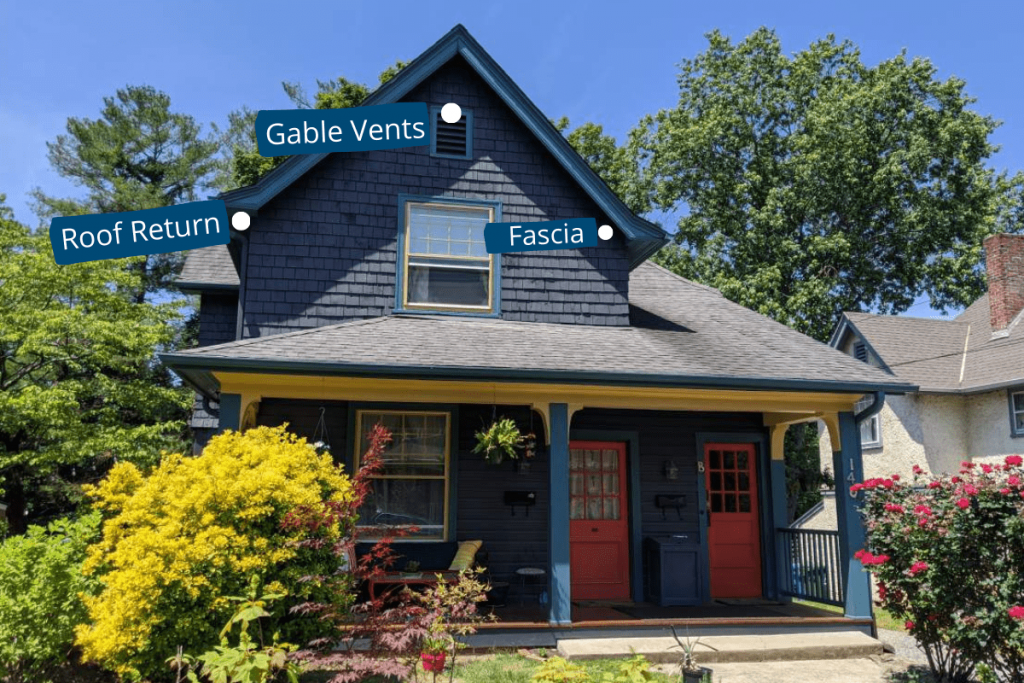
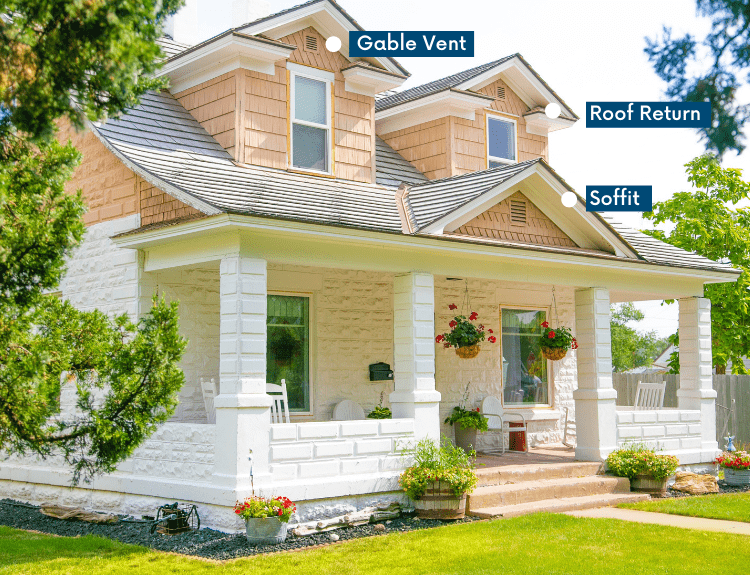
Log Cabins
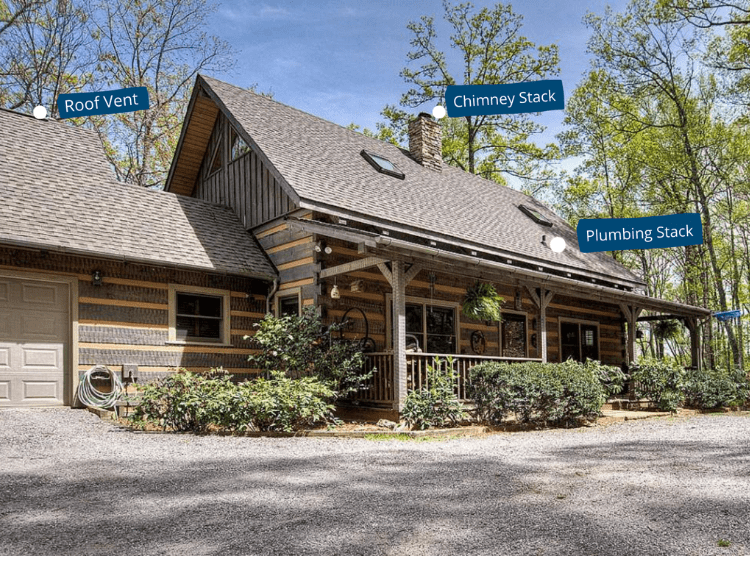
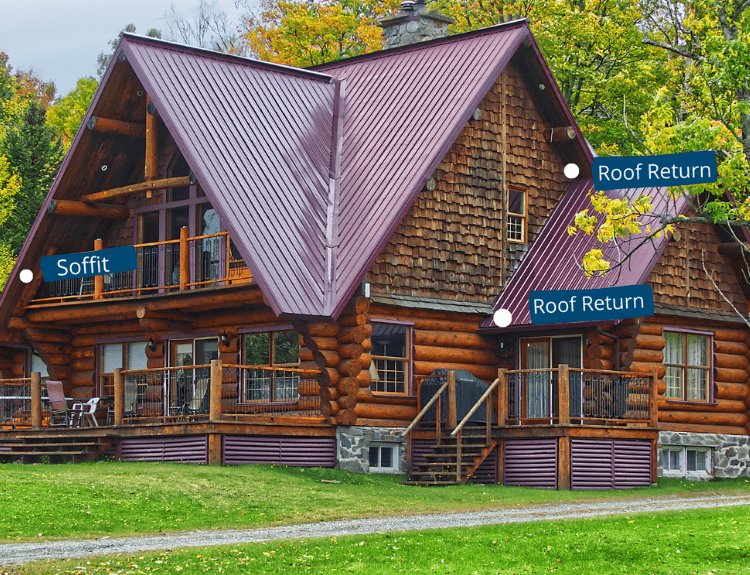
The log cabin is an icon style in the Blue Ridge Mountain. According to Scott, the Pandemic has increased the demand. People want their own private retreat, and when not in use, it can be used as a vacation rental. The logs are the defining feature of the log cabin. Asheville has rustic log cabins and luxurious log home estates.
Local animals are used to the natural materials used to build the log cabins. Wood can be gnawed through by rodents or destroyed by raccoons.
Modern Farmhouses
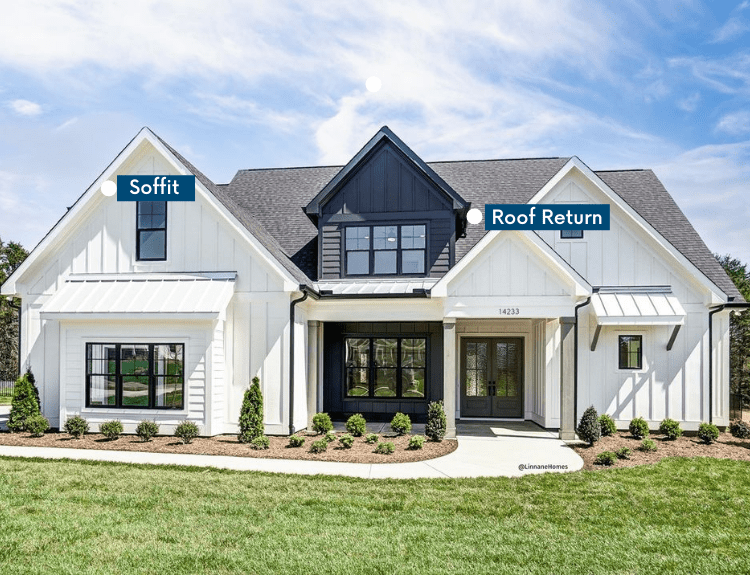
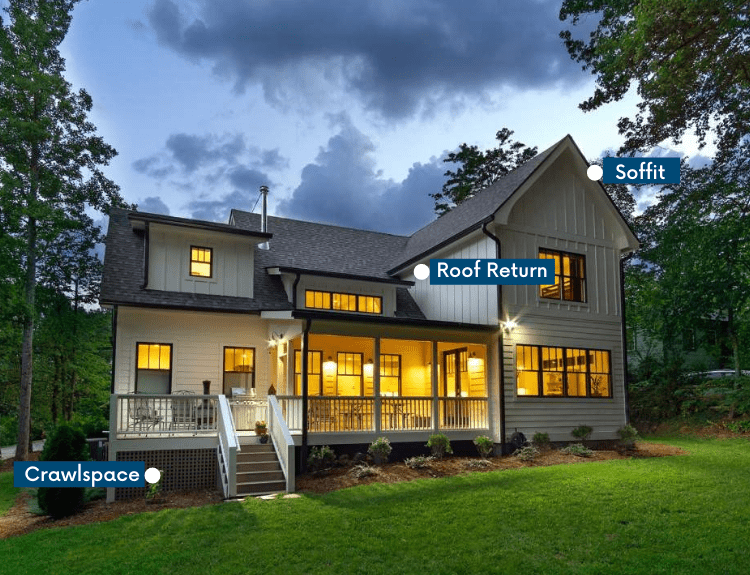
The farmhouse is one of the most popular styles of home. Modern farmhouses combine the elegant yet simple design with modern amenities and styles. Large, wraparound porches are one of the defining features, and in Western North Carolina incorporating local, natural materials are popular.
Horizontal and board and batten siding (both mainstays) are easy for critters to climb. Most farmhouses have several roof returns. Some modern farmhouses do have metal roofs which offer more protection. Depending on the material, squirrels and other rodents can still chew through it.
Protecting Your Home in Western North Carolina from Wildlife
We recommend a visual inspection twice a year. As the seasons change, houses swell and contract which could create gaps for animals to enter.
Look for smudge marks around gable vents, soffits, fascia boards, and roof returns. Animal trail runs are a sign of animals in your yard. Your house provides food and shelter for that critter.
The surest sign of an animal in your attic is feces. If you do see feces, proceed with caution. Depending on the animal, airborne diseases could be present.
If you’re in the market for a new house, keep in mind no home inspection is technically exhaustive. Animals have a tendency to squeeze into crevices and cracks. It is possible for a home inspector to miss a pile of poop.
Regularly inspecting a vacation home is essential. If the home goes unoccupied for any amount of time, animals can enter and leave unmolested. Do not expect your guests to recognize the unusual sound of an animal in your home.


